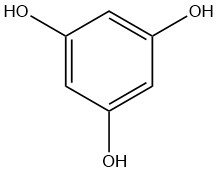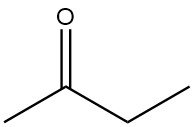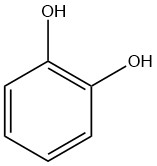
Phloroglucinol: production, reactions and uses
Phloroglucinol, also known as 1,3,5-trihydroxybenzene, is an organic compound with the chemical formula C6H6O3. It is colorless to beige solid at room temperature and is soluble in water, ethanol, and diethyl ether.










